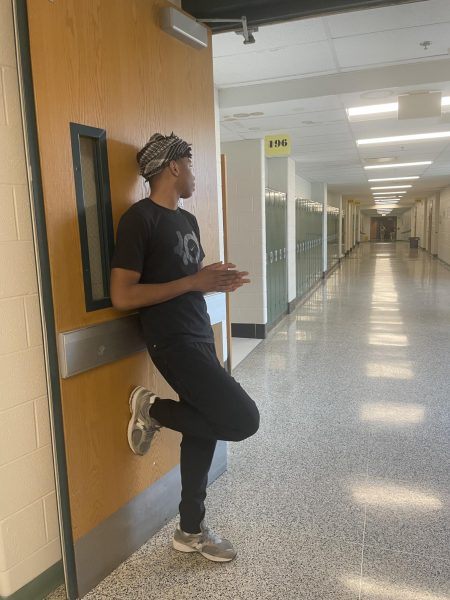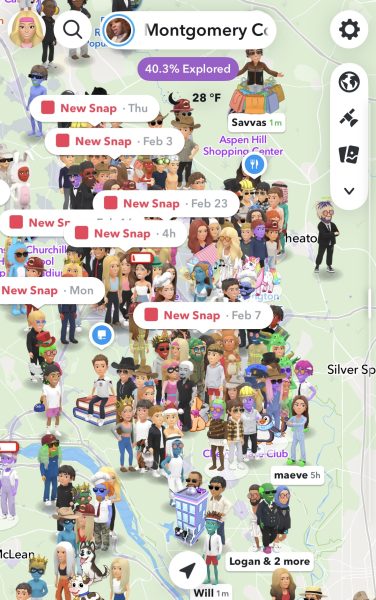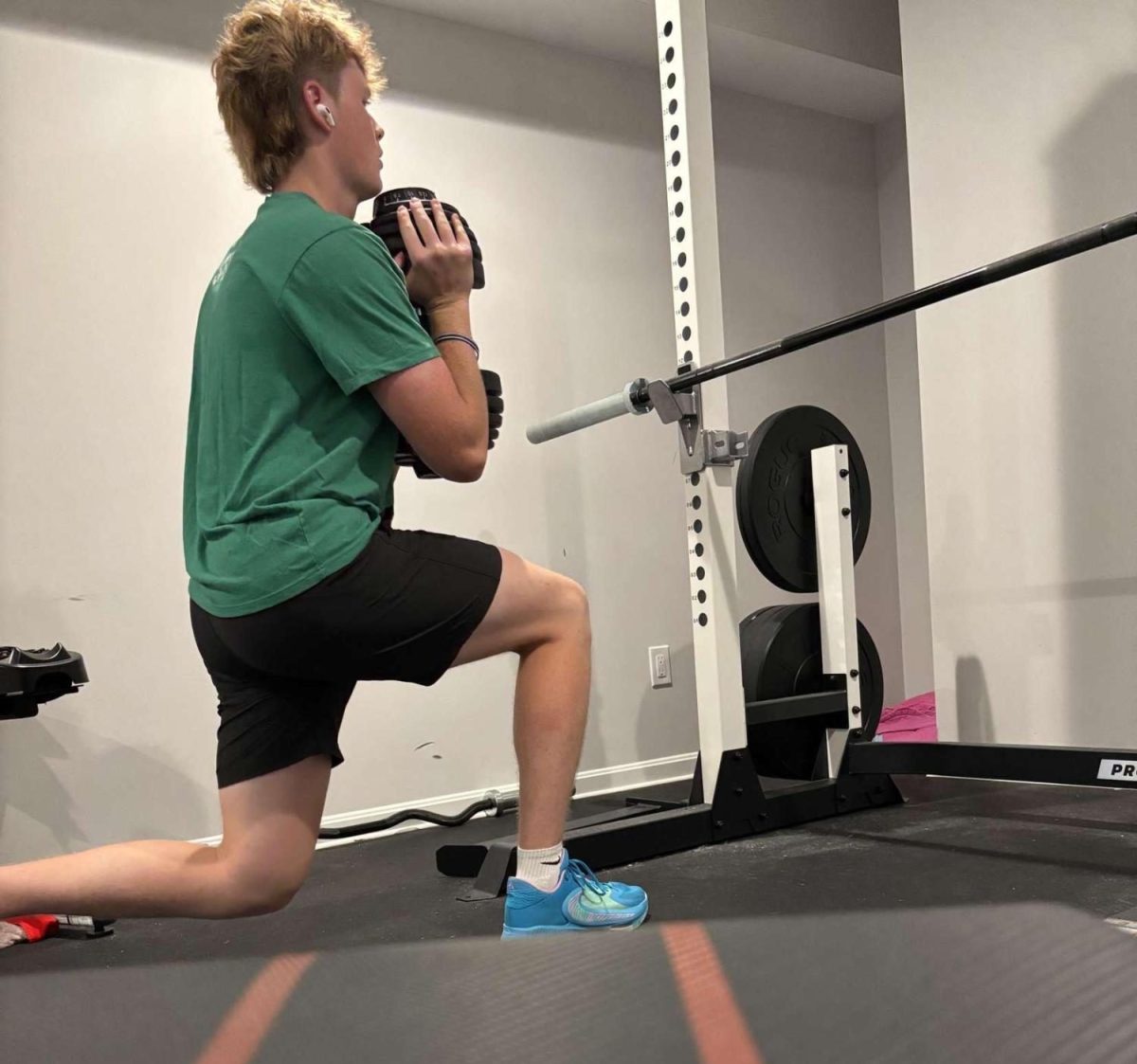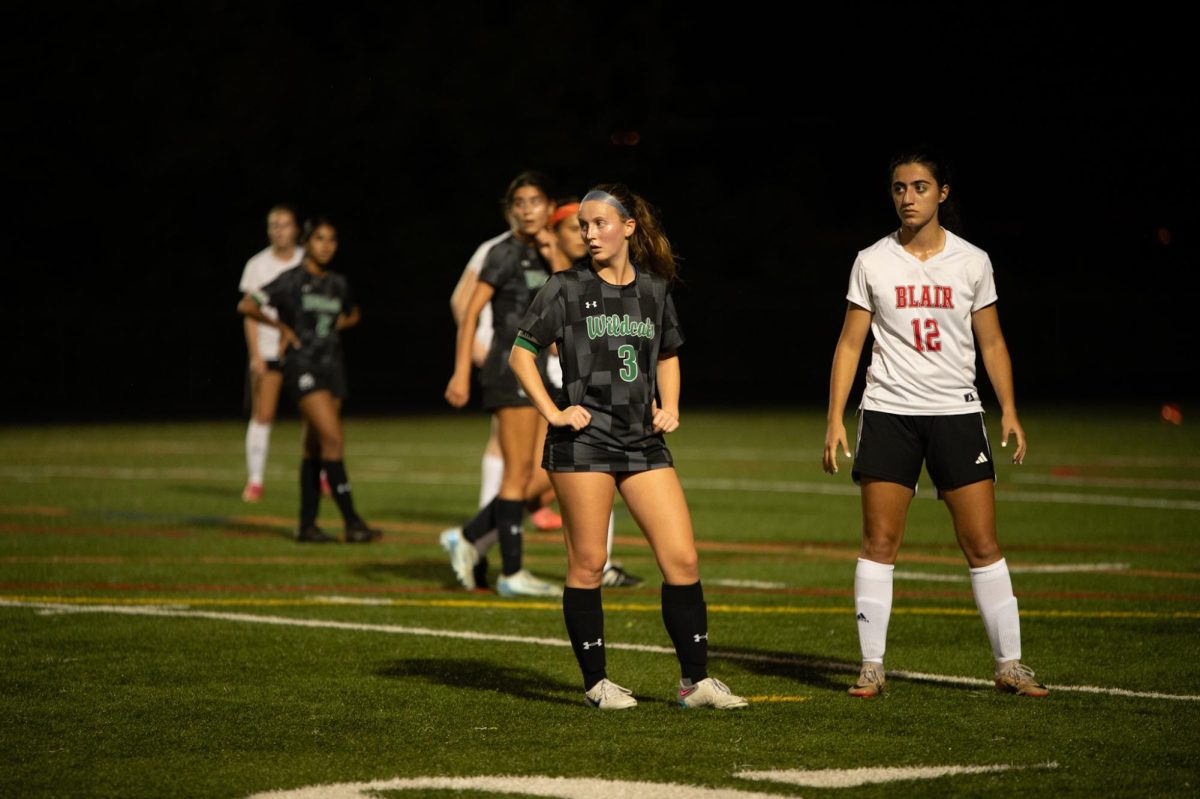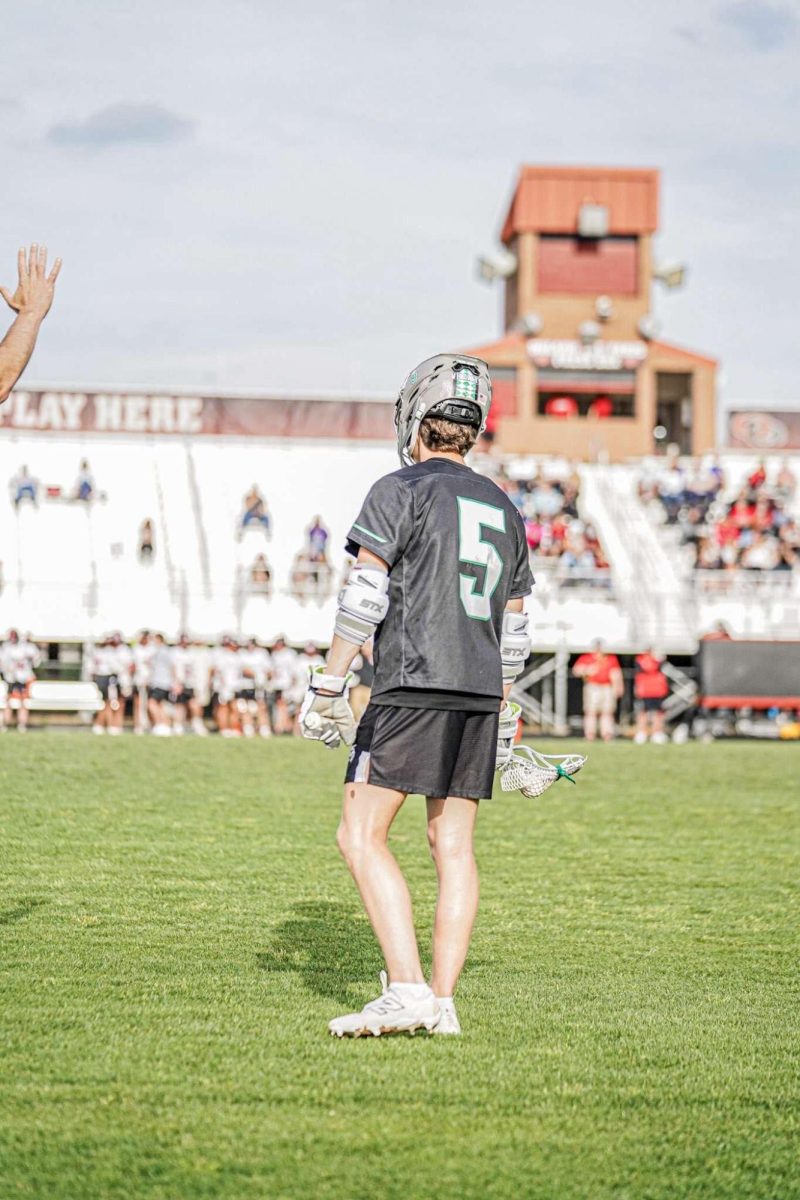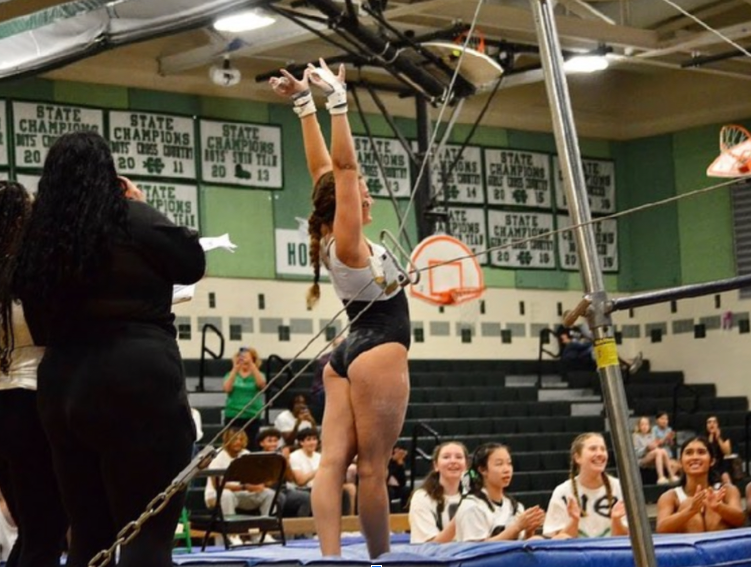Dress Code causes Debate

Photo by Leila Siegel
School dress codes all over the country have been causing debates over sexism.
May 7, 2015
Recently, high school dress codes have caused national controversy.
One instance that got people talking occurred when Macy Edgerly, a senior at Orangefield High School in Orange County, Texas, was sent home for wearing leggings and a long shirt earlier in April.
Edgerly’s sister took to Facebook with a photo of Edgerly’s outfit and a caption describing the situation and why the school’s dress code, along with other dress codes, is sexist.
“[G]irls cannot go to school in comfortable clothes THAT COVER EVERYTHING because school systems are afraid that hormonal boys won’t be able to control their eyes and minds,” reads Edgerly’s post, which has been shared over 85,000 times.
Additionally, in Sept. of 2014, Florida sophomore Miranda Larkin was made to wear a “shame suit” (a neon yellow shirt reading “dress code violation” and red sweatpants) by her high school administration. Allegedly, her skirt was too short.
These two incidents, among others, have raised a furor over high school dress codes and whether or not they are sexist.
One side argues that dress codes are unfair, i.e. they restrict girls more than boys. The other side of the debate says that dress codes are acceptable and necessary.
Assistant principal Afie Mirshah-Nayar does not think that shaming a student is necessary.
“I personally would not want to do anything like [“shame” shirts] here at WJ. I don’t believe in shaming kids… I think that’s not nice and that’s not appropriate,” said Mirshah-Nayar.
Most recently at WJ, a member of the Feminism Club was reported for a shirt she was wearing. The girl refused to change, and was not allowed to return to class as a result.
According to her, she was told that she looked “distracting” and made other students and male teachers “uncomfortable”.
Members of the club are outraged. A few have wanted to stage a protest by wearing the same shirt as the girl, and others want to voice their opinions to administration.
Mirshah-Nayar, as an administrator, cannot discuss the incident, as it was a disciplinary issue.
However, she believes that dress code should not apply to only girls.
“[Girls] have more clothing options that allow for different levels of showing your personality or style…. but at the end of the day, everyone needs to dressed appropriately for school,” said Mirshah-Nayar.
Junior Tristan Shonat said that girls are specifically targeted by dress codes.
“It’s kind of a double standard, because a lot of the logic [administration] give[s] behind the dress code for girls is that it distracts boys,” said Shonat. She said that boys need to learn how to not get distracted.
“Guys should be expected to have [the] self-control to be around girls who are wearing what they want to be wearing,” said Shonat.
Sophomore Mark Liffiton agrees that dress codes made to not “distract” boys are not truly helpful.
“It might benefit them because it’s less distracting for them because the girls are restricted, but I don’t think there’s any real benefit,” said Liffiton.
Shonat believes that there could have been good reasoning behind why the girl was reported for her shirt.
“If she [was] making other people uncomfortable, then that could be a problem,” said Shonat.
Liffiton said that dress codes are necessary, and are fair towards both boys and girls.
“I think they go both ways… guys, if they wore something super revealing, they would get stopped as fast as a girl would,” said Liffiton.
Shonat said that getting in trouble for a dress code violation can also take a toll on a girl’s self-esteem.
“Nowadays, a lot of girls have insecurities about themselves and I think [the shaming] just exacerbates it,” said Shonat.
Whether they are sexist or not, dress codes will continue to cause debate for as long as high schools have them.







